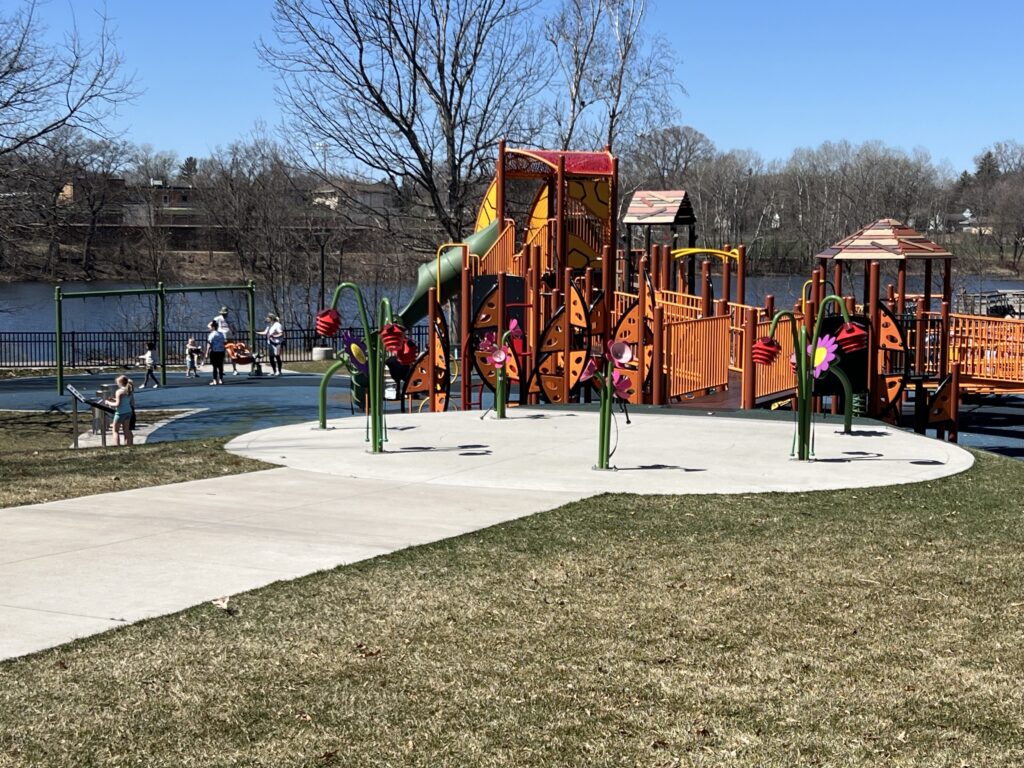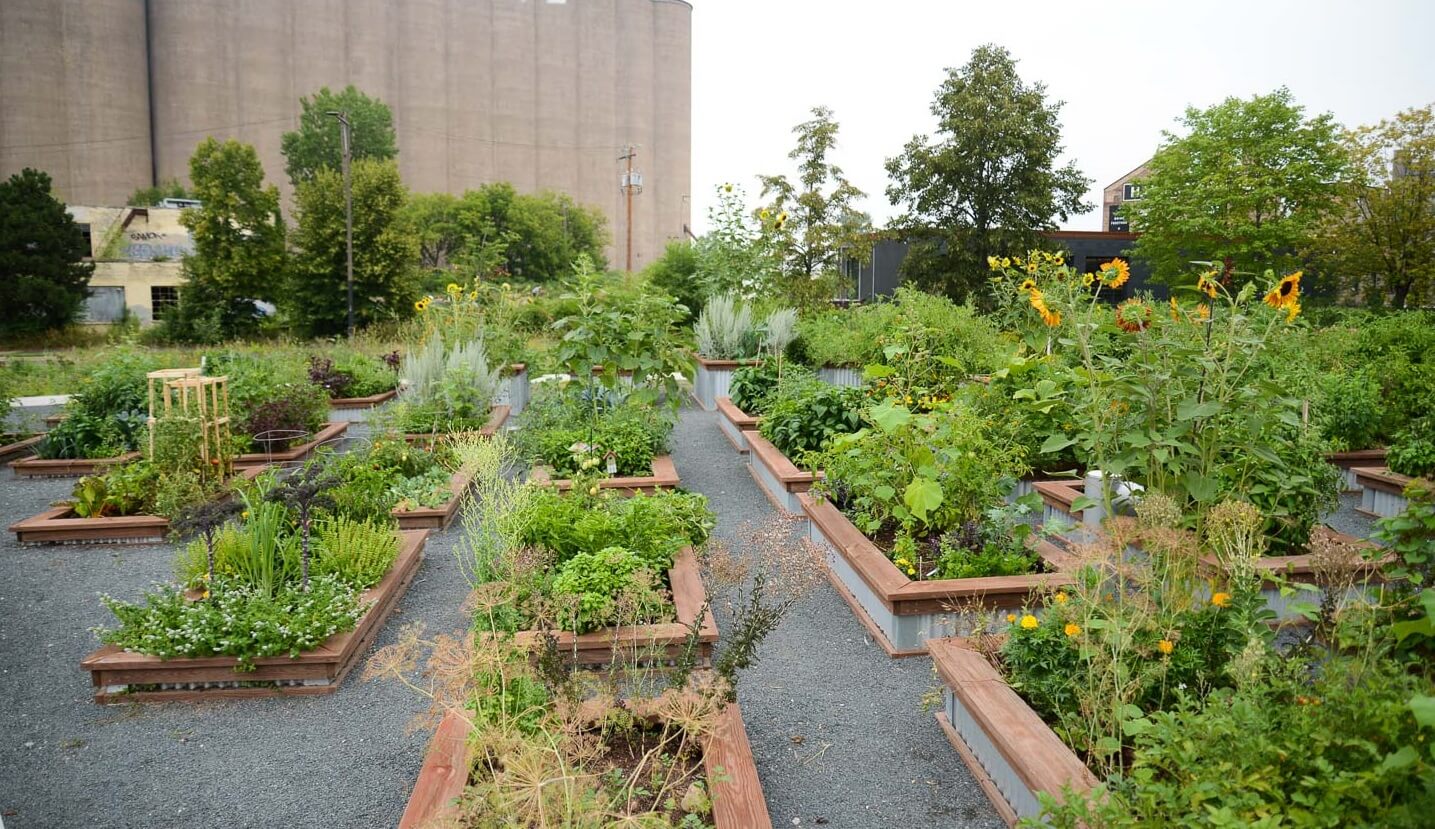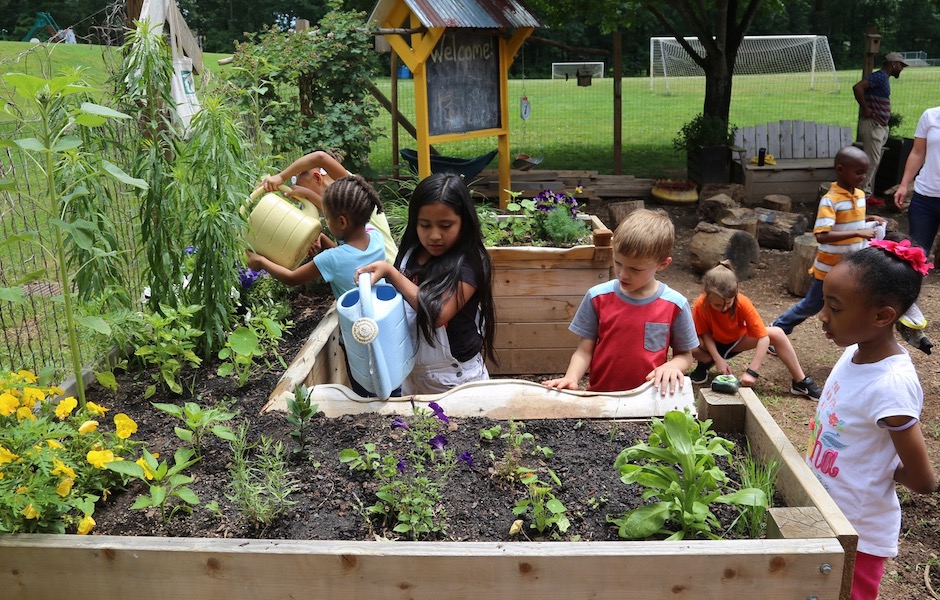This website offers a description and discussion of findings from a public interest survey investigating the question of whether space should be set aside to grow and gather food in Thompson County Park, a public park in West St. Paul, Minnesota.
Major takeaways from this research include:
- We received a total of 163 surveys and conducted 3 interviews
- Most people expressed support for setting aside space to forage in the park whereas adding individual garden plots garnered the least support.
- Most people who expressed support for setting aside space to grow and gather food in the park see clear links between these activities and building community as well as creating a source of free food.
Get oriented by first looking into our methodology and who we are. Then check out our summary findings and more about motivations and hesitations community members have for participating in one of four different approaches to growing and gathering food, which we refer to as a “food productive landscape” or FPL. Next, look into how park goers see an FPL affecting their connection to community and nature. Lastly, see our insights and recommendations about the future of FPLs at Thompson County Park

In Thompson County Park, people stroll along beautiful trails by the tranquil lakeshore, walking their dogs, biking against the wind, and enjoying the laughter of children on the vibrant playground. Located on Butler Avenue East in West St. Paul, this serene park has a remarkable ability to make visitors forget its proximity to the highway, as the only sounds that penetrate the air are the gentle rustling of trees in the wind.
We’re a class of students in a Geography class at Macalester College, and we’ve partnered with Dakota County Parks to help them evaluate the plans for the future of Thompson County Park, in West St. Paul. Specifically, we investigated the question of whether space should be set aside in the park to support growing and gathering food. We approach this question by discussing a range of options for growing and gathering food through the umbrella term of a “food productive landscape” (FPL). Through surveys and interviews with park visitors and nearby residents, we’ve sought to document and analyze community opinions and reactions to the potential introduction of FPLs.
A food productive landscape (FPL) refers to a designated section of land where people grow and/or gather food. FPLs focus on integrating edible plants, fruits, and vegetables into the park’s design and operations. This concept creates a multifunctional green space that provides access to fresh, locally grown produce while also offering recreational opportunities by blending traditional park elements with sustainable food production.
For this project, we conducted a public input survey to gather people’s opinions about four options for FPLs:
Forging Area

Participants harvest food from trees, shrubs, perennials, and annuals in a forest setting.
An Open Access Garden

Participants design, plant, maintain, and harvest a single garden together.
Individual Plots

Participants independently plant, maintain, and harvest a small garden.
Community-run Growing Project

A community (e.g., a school) plans and maintains a garden and directs food toward a community-identified recipient.
These 4 FPL models were derived from: Sustain: The alliance for better food and farming, 2018. “Food Growing in Parks: A Guide for Councils.” https://leedsparksforum.org/wp-content/uploads/2019/04/foodgrowinginparks.pdf